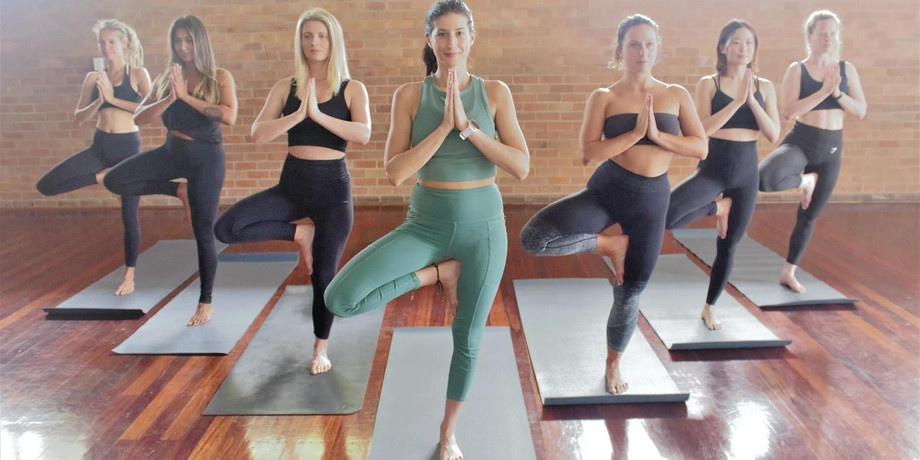Instructing Yoga: Five Reasons Understudies Quit Coming to Yoga Class
Each Yoga educator has encountered it: another understudy comes to practice, and the individual in question appears to do competently. They never pose an inquiry or for explanation, yet after a training, they vanish. What was the deal?
Five justifications for why understudies quit coming to Yoga class, and what Yoga educators can do about it:
1) The class is contained blended levels, and the understudy finds the training either excessively simple or excessively troublesome.
Preferably, Yoga is tied in with testing oneself and idealizing one's own training; everything being equal, understudies appreciate practice with others of a comparative level. The test for a teacher is offering quality to each understudy, regardless of whether they have assorted needs. A portion of the ways of including recognizing the idea of a blended level class is saying something, for example, "We have certain individuals here today who have been rehearsing for a long while, and other people who are new to the training. I'll exhibit the full asana first, and a change subsequently; if it's not too much trouble, work at your own level," can go far toward causing all specialists to feel acknowledged. On the off chance that the class is enormous, think about booking a fledgling and a high level class, instead of blended level.
2) The understudy felt that the class was excessively costly.
Ensure that an assortment of installment choices are accessible, please. Multi-class punch cards, understudy limits, and a local area class are ways that studios and educators can make classes open. As a professional advances, the person is bound to consider greater expense classes to be a speculation, and follow through on full cost.
3) The Yoga class was awkward.
Be sure that the space you will educate in is spotless, calm, and sensibly cool. Assuming that the class is full, step up in asking understudies to re-organize mats to oblige everybody. Many individuals feel awkward requesting that others move their mats and value the Yoga teacher stepping in to help. On the other hand, the climate might not have been as supporting as trusted. Did numerous Yoga understudies show up later than expected or get up and leave during Savasana? Consider talking secretly to "habitual perpetrators," who don't regard the length of the class.
4) The style of Yoga was not what they anticipated.
Be certain class depictions and beginning times are clear and forward-thinking, to the degree you are capable, with the studio or site. Demonstrate whether it will be a gentler Hatha Yoga or an overwhelming Ashtanga practice, and consider remembering the data for your presentation toward the start of class.
5) The Yoga class has variety issues.
In a class brimming with moderately aged, or more established, Yoga understudies, an undergrad may not feel good. Experts with incapacities probably shouldn't "stick out" during training, and understudies who are heavier may feel as though they are under a magnifying glass for their weight. On the off chance that you, as a Yoga educator, really accept that Yoga is for everybody, be certain that your demeanor reflects acknowledgment of the people who contrast in age, race, orientation, or size. While you don't control who goes to the class, you set the vibe for the gathering, and ought to be sure that it is inviting to all.
For more Info:-

Comments
Post a Comment